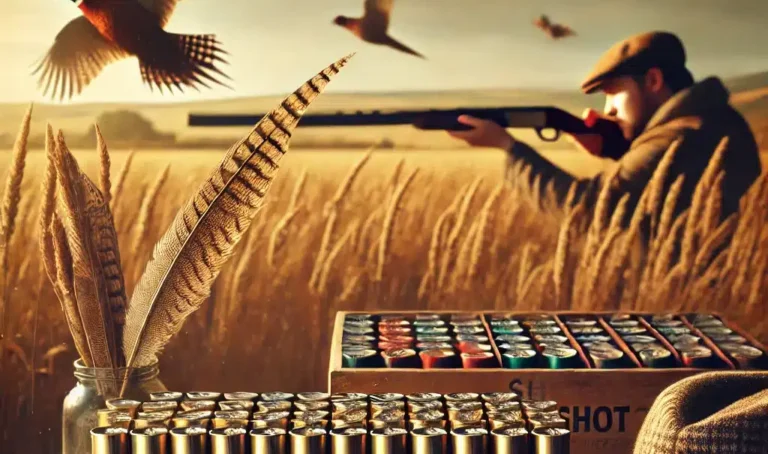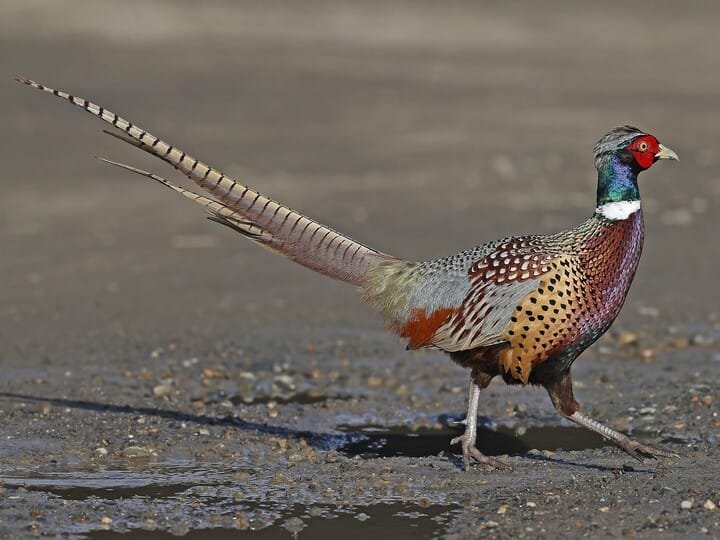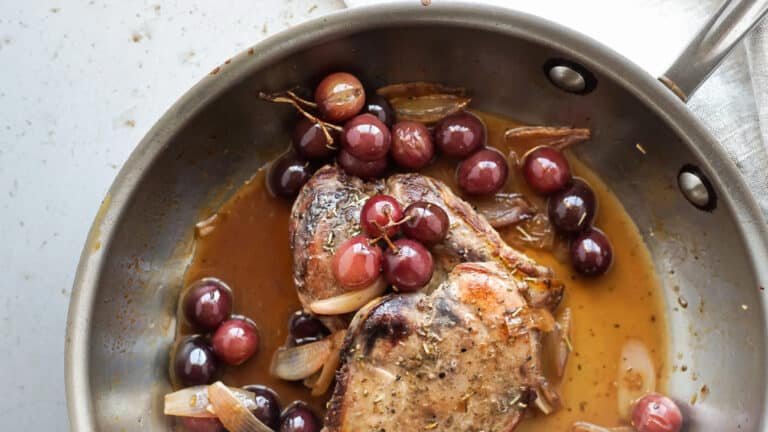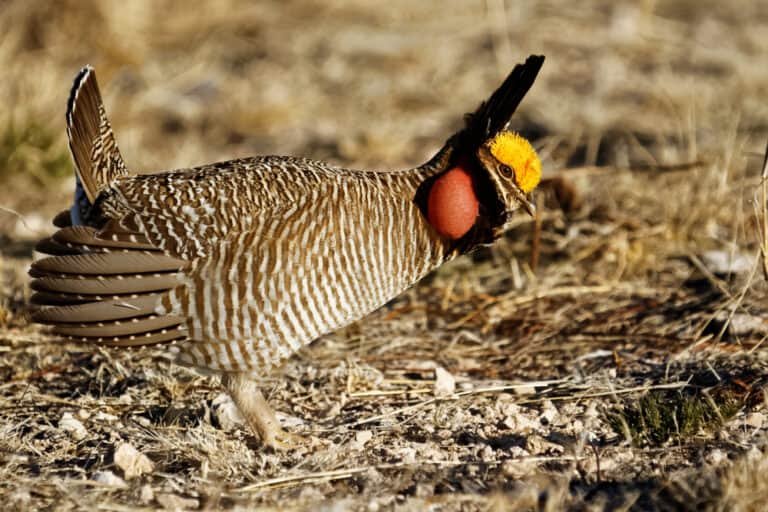Pheasant Hunting Illinois: Glorious Heartland Hunting 2024
As the crisp autumn air carries the scent of harvested cornfields, hunters across Illinois don their blaze orange and set out in pursuit of one of the state’s most prized game birds – the ring-necked pheasant. Let’s talk about pheasant hunting Illinois.
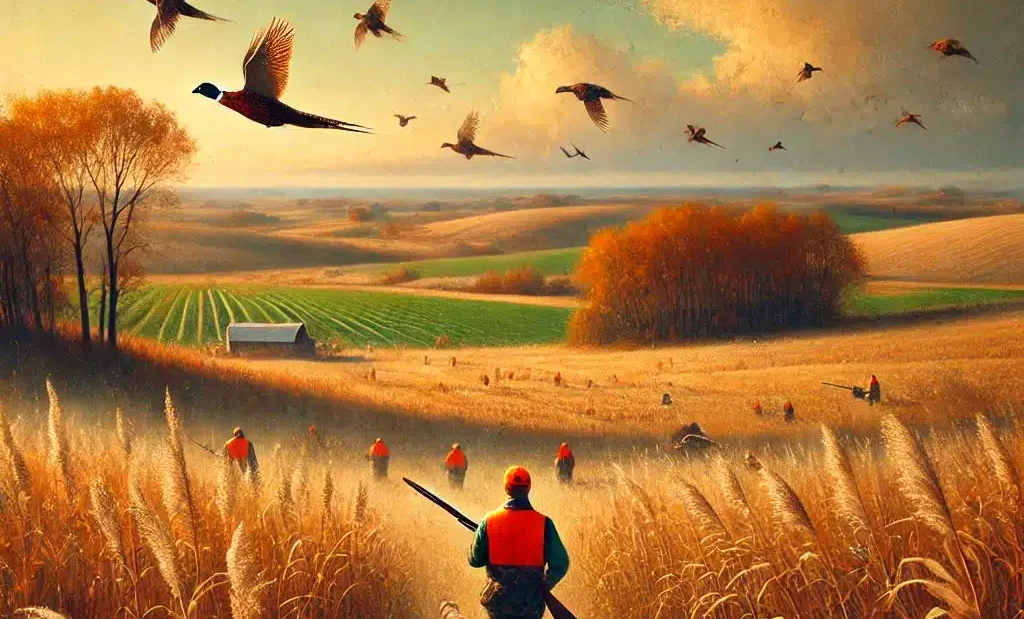
Illinois has a rich history of pheasant hunting dating back to the early 20th century. The state’s patchwork of agricultural fields, grassy meadows, and brushy thickets provides ideal habitat for these colorful game birds.
From the rolling hills of northern Illinois to the vast prairies of the central region, hunters have ample opportunities to test their skills and create lasting memories in pursuit of the elusive ringneck.
Whether you’re a seasoned veteran or a novice looking to embark on your first hunt, pheasant hunting in Illinois offers something for everyone.
In this guide, we’ll explore the best locations, essential gear, hunting techniques, and regulations that will help you make the most of your Illinois pheasant hunting adventure.
History and Regulations
Illinois’ pheasant hunting tradition is deeply woven into the state’s cultural fabric. It offers more than just a recreational pursuit. It’s a testament to conservation efforts, wildlife management, and the enduring bond between humans and nature.
To truly appreciate and participate in this time-honored activity, one must understand its historical roots and the carefully crafted regulations that govern it today.
A Legacy Born from Adaptation
The story of pheasant hunting in Illinois is a successful introduction and adaptation. In the early 20th century, private individuals and game farms brought these vibrant birds to the Prairie State.
The ring-necked pheasant, native to Asia, found a welcoming home in Illinois’ diverse agricultural fields, prairies, and wooded areas. Their successful adaptation and subsequent population growth laid the foundation for a hunting tradition that has spanned generations.
Balancing Tradition with Conservation
Today’s regulations result from decades of careful observation, scientific study, and a commitment to preserving the sport and the species. By establishing specific hunting seasons and bag limits, Illinois wildlife managers ensure that pheasant populations remain sustainable while offering ample opportunities for hunters.
These rules aren’t just bureaucratic red tape; they’re a vital part of a larger conservation strategy that benefits all wildlife and preserves the state’s natural heritage.
The Informed Hunter: A Steward of the Land
Knowledge is as essential as any equipment for the modern Illinois pheasant hunter. Understanding and adhering to regulations isn’t just about avoiding fines—it’s about actively participating in conservation efforts.
Each hunter becomes a land steward, contributing to the delicate balance between recreational pursuits and wildlife preservation. Key areas of regulation include:
- Hunting seasons and hours
- Bag limits and possession limits
- Firearm and ammunition restrictions
- Licensing and permit requirements
- Hunter education and safety courses
Beyond the Hunt: A Holistic Approach
Pheasant hunting in Illinois represents more than just the pursuit of game. It’s an opportunity to connect with the land, understand ecosystems, and participate in hands-on conservation.
Many hunters actively engage in habitat restoration projects, support local conservation organizations, and educate others about responsible hunting practices.
Embracing the Future While Honoring the Past
As we look to the future of pheasant hunting in Illinois, it’s clear that the activity’s longevity depends on a harmonious blend of tradition and innovation. New technologies and hunting methods must be balanced with time-honored practices and a deep respect for the natural world.
By understanding the history and regulations of pheasant hunting in Illinois, hunters do more than comply with the law—they become part of a larger narrative of conservation, adaptation, and responsible stewardship.
This knowledge transforms a simple hunting trip into a meaningful engagement with Illinois’ natural heritage, ensuring that the thrill of flushing a ringneck from the autumn fields remains a reality for generations.
Early History of Pheasant Hunting Illinois
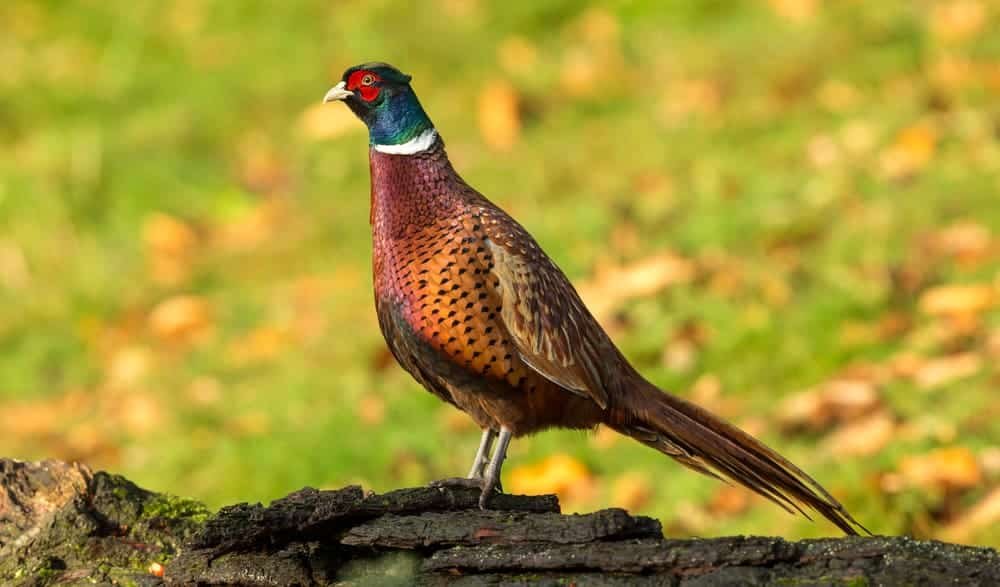
The Arrival of the Ringneck
The story of pheasant hunting in Illinois begins in the early 1900s, marking the start of a cherished tradition that would shape the state’s hunting culture for generations to come. This era saw the introduction of the ring-necked pheasant (Phasianus colchicus), a bird native to Asia, to the diverse landscapes of the Prairie State.
Pioneering Efforts
The introduction of pheasants to Illinois was a collaborative effort involving:
- Game farms
- Private individuals
- State wildlife agencies
These pioneers recognized the potential of pheasants to enhance the sporting opportunities in Illinois, importing and releasing these exotic birds across various regions of the state.
A Perfect Match: Illinois Landscape and Pheasants
Illinois proved to be an ideal home for these newcomers, thanks to its varied agricultural landscape:
- Vast cornfields
- Expansive soybean plantations
- Patchworks of small grain crops
This diverse habitat provided pheasants with:
- Abundant food sources (grains and insects)
- Suitable nesting areas
- Cover from predators
The adaptability of pheasants, combined with these favorable conditions, led to the rapid establishment of self-sustaining populations throughout the state.
The Rise of a Sporting Icon
Several factors contributed to the pheasant’s quick rise to prominence in Illinois hunting circles:
- Vibrant Plumage: The striking appearance of cock pheasants, with their iridescent green heads and rich copper bodies, made them instantly recognizable and desirable trophies.
- Challenging Quarry: Pheasants’ tendency to run rather than immediately flush, combined with their explosive and often unpredictable flight patterns, provided hunters with an exciting and demanding pursuit.
- Culinary Appeal: The delicate flavor of pheasant meat quickly made it a favorite among hunters and their families, adding to the bird’s popularity.
Early Conservation Efforts
As interest in pheasant hunting grew, so did concerns about maintaining healthy populations. This led to the establishment of:
- Regulated hunting seasons
- Bag limits
- Habitat conservation initiatives
Conservation organizations played a crucial role in these early efforts, partnering with the newly formed Illinois Department of Conservation (now the Illinois Department of Natural Resources) to develop science-based management strategies.
Collaboration and Stewardship
The success of pheasant hunting in Illinois has always depended on collaboration between various stakeholders:
- State wildlife agencies
- Private landowners
- Conservation organizations
- Hunters
Early on, programs were established to incentivize landowners to maintain and improve pheasant habitat on their properties. These partnerships fostered a sense of stewardship and shared responsibility for the future of pheasant hunting in the state.
Legacy and Impact
The introduction and successful establishment of pheasants in Illinois had far-reaching effects:
- Expanded Hunting Opportunities: Pheasant hunting provided a new and exciting option for Illinois sportsmen, complementing existing traditions like deer and waterfowl hunting.
- Economic Boost: The popularity of pheasant hunting led to increased revenue for local communities through hunting-related tourism and equipment sales.
- Conservation Awareness: The management needs of pheasants helped raise awareness about the importance of habitat conservation and wise land use practices.
- Cultural Significance: Pheasant hunting quickly became woven into the fabric of rural Illinois culture, with opening day of pheasant season becoming an eagerly anticipated annual event in many communities.
The early history of pheasant hunting in Illinois set the stage for a tradition that continues to thrive today, adapting to changing landscapes and conservation challenges while maintaining its core appeal to sportsmen and nature enthusiasts alike.
Pheasant Habitat in Illinois: A Delicate Balance
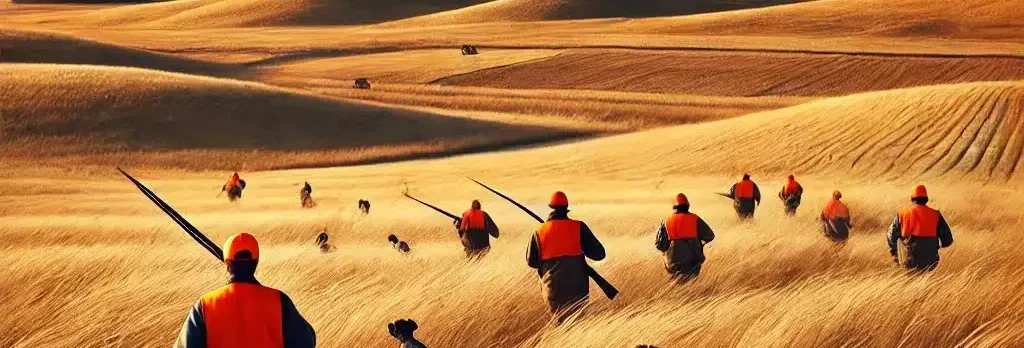
The Ideal Pheasant Habitat Mosaic
Pheasants in Illinois thrive in a diverse landscape that provides a careful balance of their essential needs. The ideal habitat mosaic includes:
- Agricultural Fields: Provide crucial food sources, especially in winter.
- Corn and soybeans offer both cover and nutrition.
- Crop stubble serves as a vital food source during harsh winters.
- Grasslands: Essential for nesting and cover.
- Native grasses like big bluestem and indiangrass are particularly beneficial.
- Undisturbed grasslands provide safe nesting sites.
- Wetlands: Offer water sources and rich insect populations.
- Particularly important for chicks, who rely heavily on insects for protein.
- Shrub Thickets: Provide shelter from predators and harsh weather.
- Especially crucial during winter for protection against cold winds.
- Edge Habitats: Transitional zones between different habitat types.
- These areas often have the highest biodiversity and food availability.
Seasonal Habitat Requirements
Nesting Season (Spring)
- Hens seek out areas with tall, dense vegetation for nest concealment.
- Undisturbed grasslands and field edges are preferred nesting sites.
- Proximity to food sources is crucial for hen nutrition during egg-laying.
Brood-Rearing (Late Spring/Early Summer)
- Young chicks require habitats rich in insects for rapid growth and development.
- Areas with a mix of open ground and overhead cover are ideal.
- Wetland edges and diverse grasslands provide optimal brood-rearing conditions.
Winter Survival
- Dense cover becomes critical for protection against harsh weather and predators.
- Pheasants rely heavily on waste grain in agricultural fields for sustenance.
- Shrub thickets and shelterbelts provide essential thermal cover.
Conservation Efforts and Habitat Enhancement
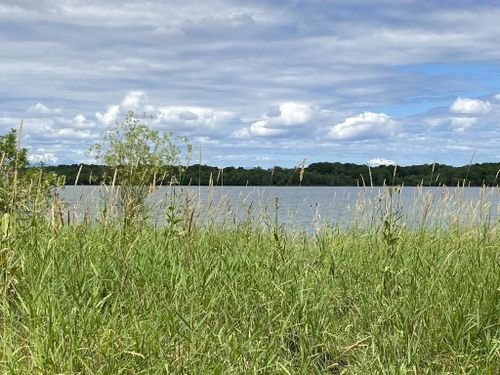
Government Programs
- Conservation Reserve Program (CRP)
- Incentivizes landowners to convert marginal cropland to wildlife habitat.
- Focuses on establishing diverse native plant communities.
- State Acres for Wildlife Enhancement (SAFE)
- Targets specific wildlife species, including pheasants.
- Emphasizes creating habitat corridors and expanding existing habitats.
Collaborative Conservation
- Partnerships between hunters, farmers, and conservation organizations drive habitat improvement.
- Focus on creating “pheasant-friendly” landscapes through targeted management practices.
Habitat Enhancement Strategies
- Native Plant Restoration
- Reintroduction of prairie grasses and forbs to provide diverse cover and food sources.
- Buffer Strips
- Establishment of vegetated strips along waterways and field edges.
- Reduces soil erosion while creating wildlife corridors.
- Field Edge Management
- Strategic management of transitional zones between crops and natural habitats.
- Often involves leaving edges unmowed or planting specific cover crops.
- Wetland Restoration
- Rehabilitation of drained wetlands to provide crucial brood-rearing habitat.
- Winter Food Plots
- Planting of small grains or other high-energy crops specifically for winter wildlife use.
Challenges and Future Outlook
- Balancing agricultural production with habitat conservation remains an ongoing challenge.
- Climate change may alter habitat suitability and pheasant distribution in the future.
- Continued research and adaptive management strategies are crucial for long-term success.
By understanding and preserving the complex habitat needs of pheasants, Illinois aims to ensure a thriving population for generations of hunters and wildlife enthusiasts to come. The state’s commitment to conservation and collaborative efforts between various stakeholders paint a promising picture for the future of pheasant habitat in Illinois.
Hunting Seasons and Regulations
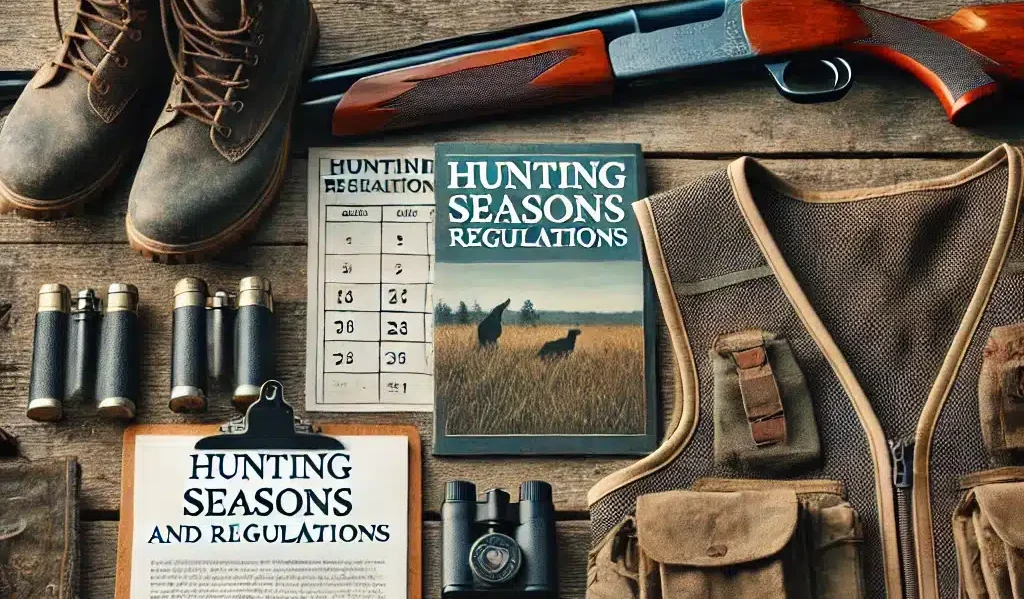
Understanding the Hunting Calendar
Illinois carefully structures its pheasant hunting seasons to balance conservation needs with hunting opportunities. Key aspects include:
- Season Dates: Typically running from early November to early January, with specific dates announced annually.
- Shooting Hours: From sunrise to sunset, protecting birds during vulnerable nighttime hours.
- Bag Limits: Daily and possession limits are set to prevent overharvesting.
The Illinois Department of Natural Resources (IDNR) considers several factors when establishing these parameters:
- Pheasant breeding and nesting cycles
- Population assessments
- Habitat conditions
- Weather patterns
Zonal Approach to Regulation
Illinois employs a zonal system for hunting regulations, recognizing the state’s diverse landscapes and pheasant populations:
- North Zone: Encompassing the state’s northern third, typically with earlier season dates.
- Central Zone: Covering the middle portion of Illinois, with dates often aligned with the North Zone.
- South Zone includes the southern third of the state, sometimes with slightly different regulations due to varying pheasant populations.
This zonal approach allows for:
- Tailored management strategies
- Equitable hunting opportunities across the state
- Targeted conservation efforts
Licensing Requirements: Fair Access and Conservation
Resident Licenses
- Available to individuals with established permanent residency in Illinois
- Often offered at a lower cost compared to non-resident licenses
- May include options for season-long or shorter-duration permits
Non-Resident Licenses
- Designed for out-of-state visitors or temporary residents
- Generally higher in cost to reflect the privilege of accessing Illinois’ resources
- May have limited availability in certain areas to prioritize resident access
Youth Hunting Provisions
Illinois encourages youth participation in pheasant hunting through special programs:
- Youth Hunt Days: Designated days before the regular season where only youth hunters can participate.
- Mentored Hunting Programs: Opportunities for young hunters to learn from experienced adults.
- Reduced Fee or Free Licenses: For hunters under a certain age (typically 16 or 18).
Youth hunting regulations often include:
- Lower minimum age requirements (with adult supervision)
- Mandatory safety education courses
- Reduced bag limits
Additional Regulations to Know
- Firearm Restrictions: Specifications on allowed gauges and ammunition types.
- Hunter Orange Requirements: Mandatory use of blaze orange during firearm seasons for safety.
- Hunting on Public vs. Private Land: Different rules may apply depending on land ownership.
- Check-In Procedures: Some areas may require hunters to report their harvest.
The Importance of Staying Informed
Regulations can change from year to year based on:
- Population fluctuations
- Habitat changes
- New conservation research
Hunters are responsible for staying up-to-date with current regulations by:
- Checking the IDNR website regularly
- Reading the annual hunting digest
- Attending hunter education courses
Conclusion: A Shared Responsibility

The regulations governing pheasant hunting in Illinois represent a carefully crafted balance between conservation needs and hunting traditions. By adhering to these rules, hunters play a crucial role in ensuring the long-term sustainability of pheasant populations.
These regulations are more than just legal requirements; they embody a shared commitment to responsible stewardship of Illinois’ natural resources. Whether you’re a lifelong resident or an out-of-state visitor, understanding and respecting these regulations is essential for preserving the rich tradition of pheasant hunting in Illinois for future generations.
As we look to the future, the continued success of pheasant hunting in Illinois will depend on the ongoing collaboration between hunters, landowners, and wildlife managers. By working together and respecting the established regulations, we can ensure that the thrill of flushing a ringneck from an Illinois field remains a reality for years to come.


